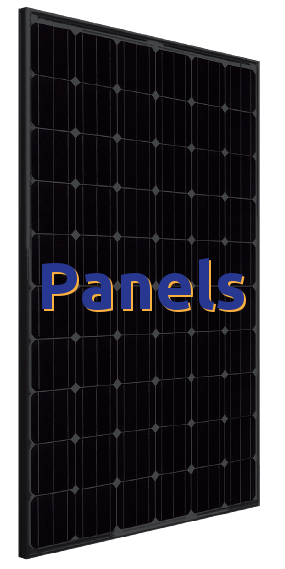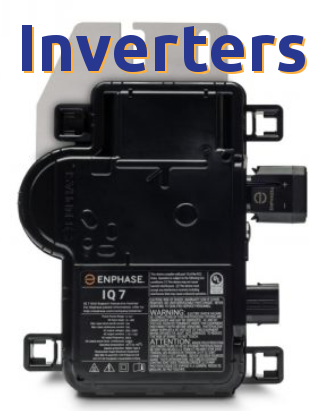Commercial Solar
Adding solar generation to comercial properties can reduce operational costs and show customers that your business is reducing its environmental impact. Tax incentives can frequently make the investment in solar one that pays back quickly.
Commercial solar can take on different forms depending on the type of building or property. Many comercial building have flat or low slope membrane roofs. Ballasted attachment systems are available that eliminate the need for roof penetrations. Farms and other locations may have land available and a ground-mounted system may be most appropriate. Get in touch with us for a free design review and we can work with you to determine to best solution for your property
Incentives
In addition to net metering, Idahoans have the opportunity to take advantage of various incentive programs aimed at encouraging the installation of solar panels. The largest of these is a federal tax credit which is available to both residential and commercial customers. The current tax credit is 26% for installation during 2021, but will decrease in the future. Take advantage of the savings now! Idaho also offers a tax deduction that can further reduce system cost.
Additionally, the State of Idaho offers a low interest loan program to help homeowners finance solar projects. The federal government also has many incentives directed toward energy efficiency upgrades that can be used to reduce consumption.
Net Metering
A solar installation connected to the grid transfers electricity to and from the utility company at various times instead of using batteries for storage. Electric utilities in Idaho participate in net metering, but the specifics are different for each company, so it is important to understand your utility company's rules. It can be confusing, so give us a call with your questions, we're happy to help.
How does this work? The utility will swap the current one-way meter on your property for a bi-directional meter. The new meter keeps track of electricity you consume from the utility and electricity you produce and send back to the grid.
Bottom line: You only pay for the amount of electricity you consume that is beyond your production.
When you are producing electricity

When your solar panels produce electricity during the day that electricity is consumed directly in your home or business.
When you are not producing electricity

At night you purchase electricity from the utility.
The scenario on the left is a simplified version of what happens, and would be the case when you are using exactly the same amount of electricity as your solar panels are producing. Throughout the day your electricity consumption changes as you turn appliances on and off and your panels' production changes as the sun moves through the sky.
When you are gone during the day?

When your solar panels produce excess electricity during the day that electricity is sent to nearby homes or businesses. Similarly, if you produce less than you consume the excess is purchased from the utility.
Accounting for these transfers

The new meter measures the amount of electricity sent to the grid and subtracts that from the amount taken in from the grid.
If a customer produces more electricity than is consumed during a single month the excess can be carried forward and applied to the next month's bill. However, a key point for customers in Idaho to be aware of is that utility companies do not compensate customers for excess electricity if they produce more than they use during the course of a year.
Equipment
A high quality solar installation requires a combination of components that work efficiently together. We design systems to fit the needs of each specific site and use a variety of components from industry leading companies to achieve this goal.
We pride ourselves on staying up to date with the latest developments in solar technology and are continuously working with our distribution partners to make sure we give you the highest quality components with the best value.
Principal Components

Solar panels collect sunlight and transform it into electricity which can be used directly in your home.
All black solar panels blend well with black shingles and help the array have a very uniform and clean look.

Inverters convert the direct current produced by the solar panels into alternating current which is what the appliances in our homes use.
Empowered Solar uses micro inverters with the majority of our systems as they provide added performance in the case of shading, make monitoring of each individual panel possible, and allow for easy future system expansion.

This is the support structure for the panels. Panels can be either mounted to a roof or on the ground in an open area.
Pitched roof mounting systems include a lag bolt that connects into the building's rafters and a flashing that covers this bolt and slides under the shingles upslope from penetration to prevent water from entering the roof. Attached to this is a rail and the solar panels are then attached to a section of two rails.
Flat roof options that don't penetrate membranes are available. These systems are based on ballast bays that holds cinder blocks. The panels then span multiple ballast bays.

